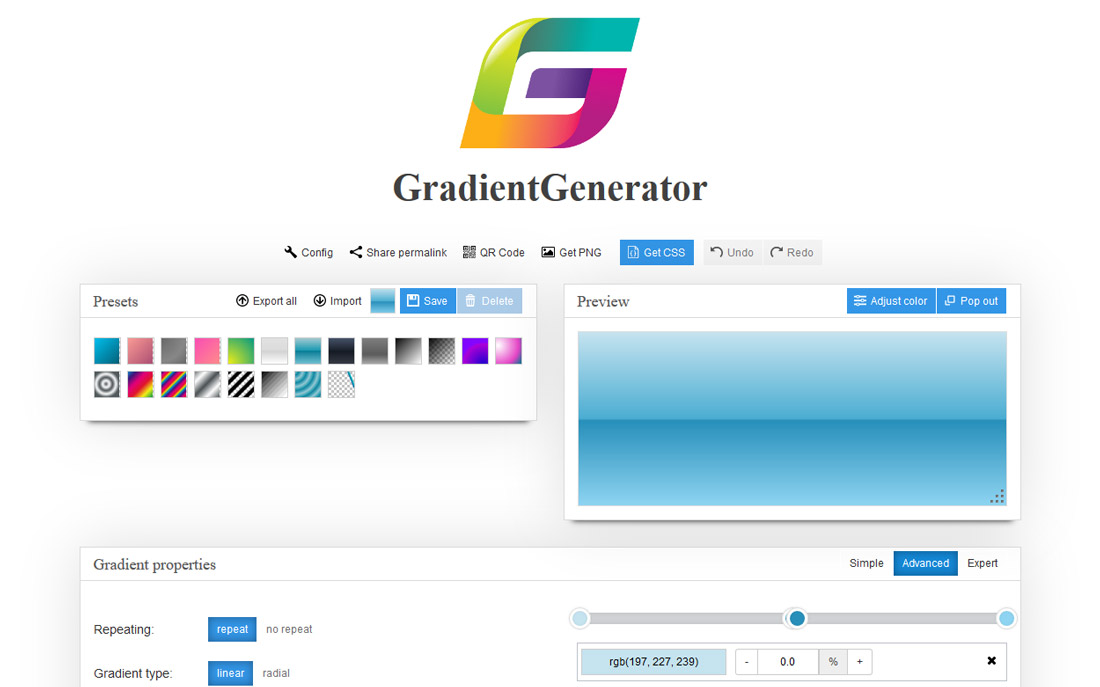

Two different laminar flow diffusion-based microfluidic CGGs: triple-Y and double-Ψ are used to verify the framework. The entire process of PBCM evaluation and GA optimization is implemented on the GPU platform to utilize its massive computing parallelization. A new approach to include a penalty term that minimizes pressure non-uniformity in CGGs and the chance of violating physical assumptions used by PBCM is proposed. A genetic algorithm (GA) including the migration to mitigate the pre-maturation issue is developed. To enhance optimization speed, the physics-based component model (PBCM) in the closed form is employed for simulation in lieu of the expensive CFD model.

The optimization finds operational parameters (inlet concentrations and pressures) of CGGs to produce desired/prescribed concentration gradient (CG) profiles.

The above two processes pave the way for the subsequent emergence of highly resistant specific mutations.Ī GPU-enabled design framework is presented to automate the global optimization process of microfluidic concentration gradient generators (♜GGs). This shift in function suggests that exaptation occurs in such experimental scenarios. We found that the physical environment itself induces stress-related mutations that later prove beneficial when cells are exposed to antibiotics. Therefore, such structures can function as amplifiers of selection and aid the spread of beneficial mutations. In the absence of an explicit structure of the habitat, this multicellular formation led to a spatial structure of the population with local competition and limited migration. We observed biofilm formation in regions with sub-inhibitory concentrations of antibiotics, which quickly expanded into the high antibiotic regions.
#GRADIENT GENERATOR GENERATOR#
We applied a microfluidic gradient generator device to study the emergence of resistant bacteria in spatial ciprofloxacin gradients. Spatiotemporal structures and heterogeneities are common in natural habitats, yet their role in the evolution of antibiotic resistance is still to be uncovered. report practical tips to inform design and operational decisions during the implementation of organ-on-a-chip systems. Organs-on-chips are microfluidic systems containing miniature tissues with the aim of mimicking human physiology for a range of biomedical and therapeutic applications. Alongside this is a discussion of current and future applications of OoC technology, to inform design and operational decisions during the implementation of OoC systems. The Primer covers guiding principles and considerations to design, fabricate and operate an OoC, as well as subsequent assaying techniques to extract biological information from OoC devices. This Primer is intended to give an introduction to the aspects of OoC that need to be considered when developing an application-specific OoC. There are as many examples of OoCs as there are applications, making it difficult for new researchers to understand what makes one OoC more suited to an application than another. Combining advances in tissue engineering and microfabrication, OoCs have gained interest as a next-generation experimental platform to investigate human pathophysiology and the effect of therapeutics in the body. To better mimic human physiology, the chips are designed to control cell microenvironments and maintain tissue-specific functions. Organs-on-chips (OoCs) are systems containing engineered or natural miniature tissues grown inside microfluidic chips.


 0 kommentar(er)
0 kommentar(er)
